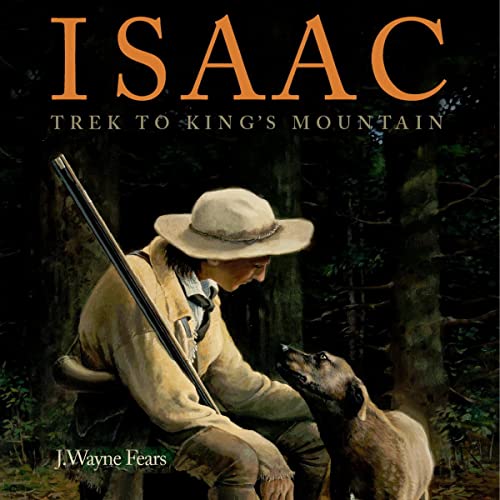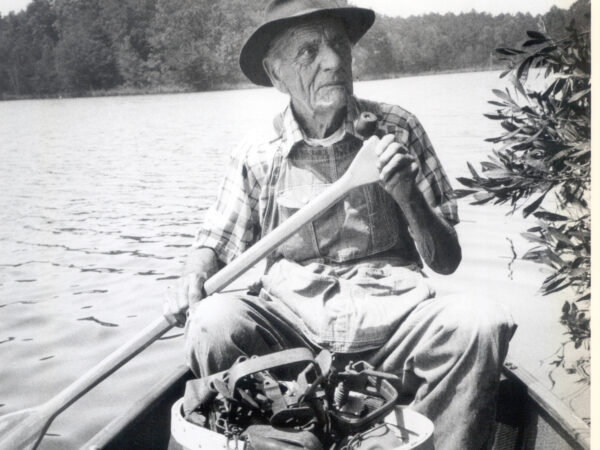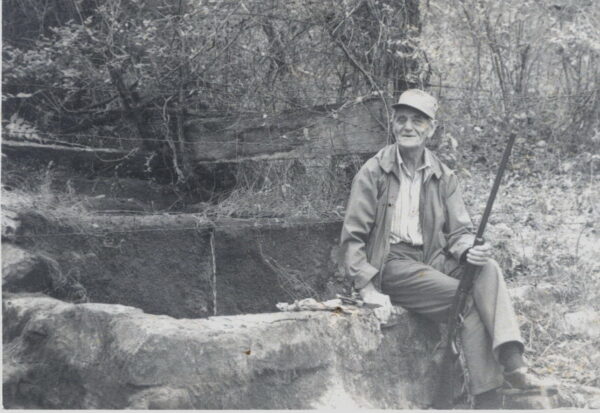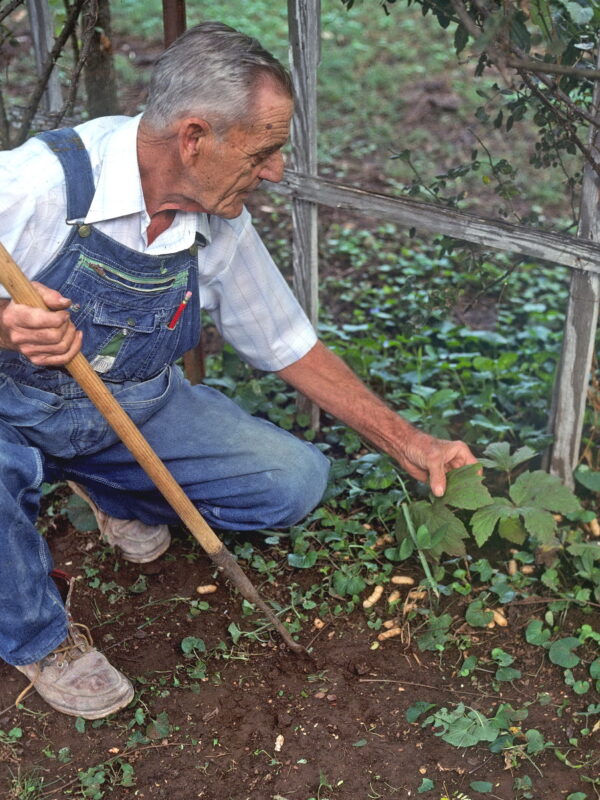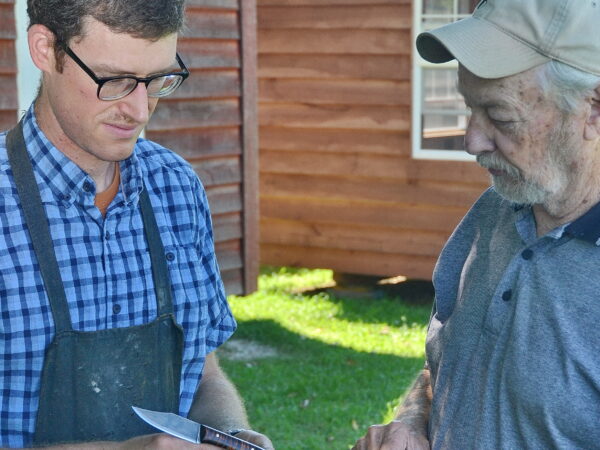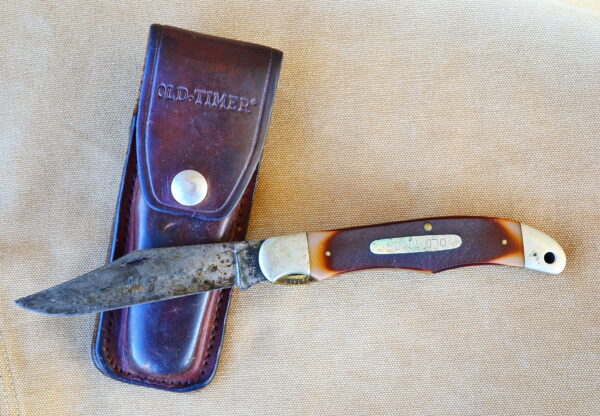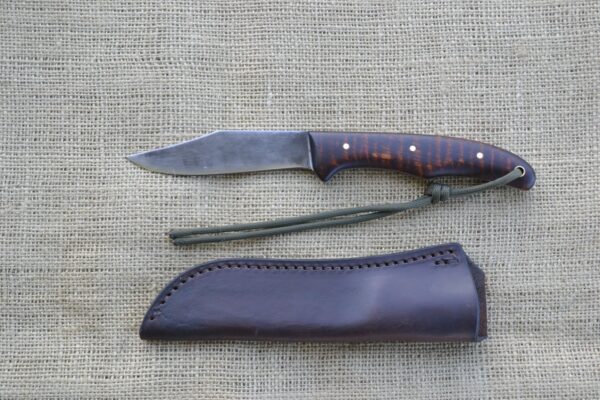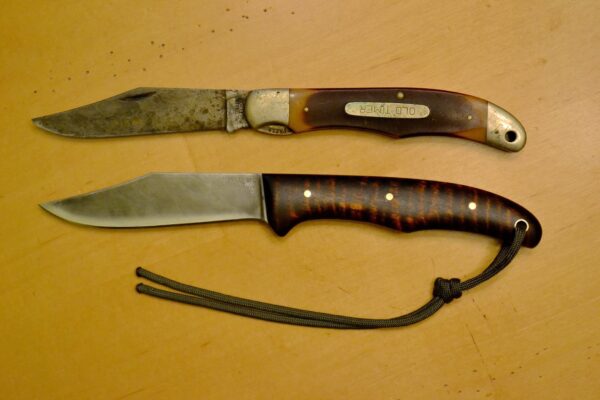There has been an explosion of interest in the management of wild turkeys since they now populate 49 of our 50 states and in southern Canada. One of the most frequent questions we get from land managers in states where wild turkey populations are fairly new is, “What can I plant in food plots to attract and nourish wild turkey on my land?”
Throughout most of the southern half of the U.S. and in many northern states, where the growing temperatures exceed 100 days, the answer is easy – chufa (Cyperus esculentus sativus). Chufa is an African variety of nutsedge, a warm-season perennial plant. When growing, chufa looks like a grass but the grass-like top is not the part of the plant that wild turkey love, it is the nut-like tuber growing under-ground that wild turkey, raccoon, feral hogs and bear love. Also waterfowl love it, but more about that at the end of this article.
Each plant can produce from a dozen to 100 of the acorn-size tubers.
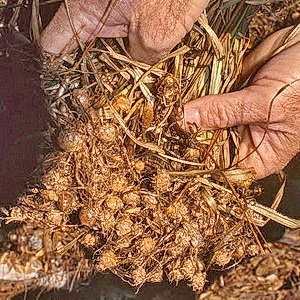
The tubers are high in protein and carbohydrates. When wild turkey begin feeding on a food plot planted in chufa they will feed in the plot until all the tubers are eaten or the new growth of spring provides a more desirable food source. Chufas have a sweet taste and humans can also eat the tubers. Often during my wildlife management career I have had young biologists who ate about as many chufa’s as we planted.
According to Donnie Buckland, a turkey biologist with the National Wild Turkey Federation, who has a lot of experience with chufa, “Chufa is not only important to attract turkeys,” Buckland said, “it’s important for turkeys—hens especially—to go into the breeding and nesting seasons in a healthy state. The bottom line is it is a highly nutritious food for turkeys available at the right time of year [fall, winter and into spring]. This may be especially important when there is a shortage of soft and hard mast.”
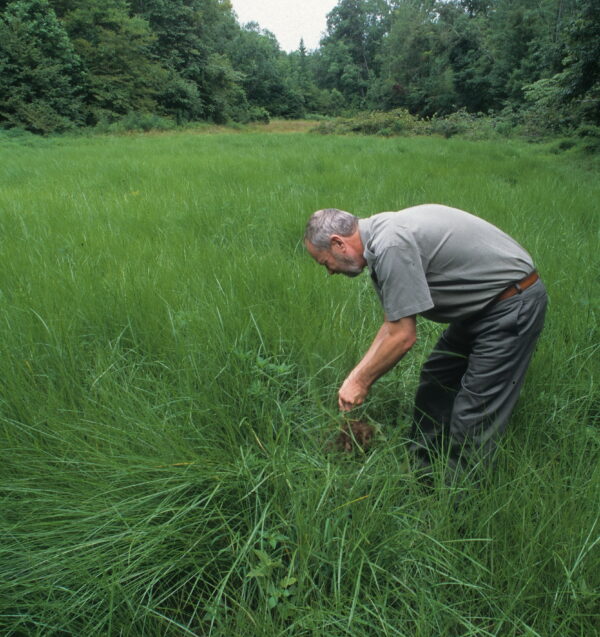
Planting Season
Chufa is normally planted from April through June in the southern states and in April and May in the northern states. It needs to be planted so there will be no killing frost when the plant emerges from the soil. It matures in 95 to 110 days with no frost. As it matures, tubers develop underground. Turkeys dig up this food source in the fall and winter after the plant top dies. Caution should be used in areas where the ground freezes for long periods and snow covers the ground as chufa does not provide a winter food source under these conditions. The turkeys cannot dig the tubers up in frozen ground.
Soil Prep
Chufa does best when planted in moderately well-drained sandy, loamy or clay soils. The seed should be planted on well prepared soil free of weeds and other grasses. In the fall, lightly disk food plots planted in clay to break up the soil after the plant has matured so that the tubers are not locked into the tight soil. If it is too difficult to dig the tubers up turkey will abandon the food plot.
When planting chufa, plow or disk the food plot prior to planting. Fertilize and lime according to a soil test. If no soil test, lime the food plot with 1000 pounds of lime per acre into the broken up soil. Next, work 400 pounds of 10-10-10 or 13-13-13 fertilizer per acre into the soil.
Planting Rate
For those planting chufa for the first time it may come as a surprise that you are not planting typical seed, but the nut-like tubers.
Chufa tubers are small and are usually planted by broadcast or drilled. Also they can be planted with a planter in rows. However when planted in rows raccoons will start digging at one end of a row and feed on the entire row, soon eating the entire crop. Broadcasting is the most common way of planting chufa, using either a handheld seeder for small food plots or a larger pull-behind seeder behind a tractor or ATV for large food plots.
The rate for broadcasting is 40- 50 pounds of chufas per acre. After the tubers are scattered cover them to a depth of 1-2-inches with a harrow or drag. If they are properly broadcast there will be 3 to 4 plants per square foot throughout the plot. If drilled, plant in 36-inch rows at a rate of 30 pounds per acre at 6-inch spacings.
If wild turkeys or raccoons find the tubers just after you plant they can eat the majority of your food plot before it comes up. Feral hogs, where found, can be a problem as well so keep that in mind when selecting a planting location. If this is the first time you have ever planted Chufa in your area it is a great idea to uncover a portion of the food plot once the plants come up by lightly disking to reveal the chufa tubers. Turkey may have a difficult time locating the tubers for the first time.
Waterfowl Also
A growing number of waterfowl managers are choosing chufa to plant in drawdown watering areas that are used to attract ducks. They plant the chufas right on the edges of the shallowest water where when flooded the water only will be about 6-inches deep. Once they find chufas they become a favorite food. The ducks swim in the shallow water, tip or dive to the flooded chufas and use their bills to pull the chufas grass-like tops out of the mud so they can get to the tubers.
Chufas are one of the best food plot crops for wild turkey where it will grow. Many years, due to the demand, chufa seed, it can be difficult to find locally. There are not a lot of seed companies that offer chufas so it is best to line up a seed source well before planting season.
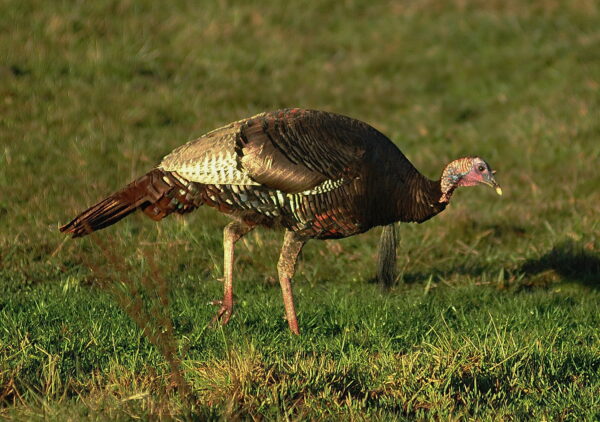
Editor’s Note: Before introducing chufa or any other new plant to your property, check with your county agricultural agent to make sure it is not considered to be an aggressive or undesirable plant for your area.
